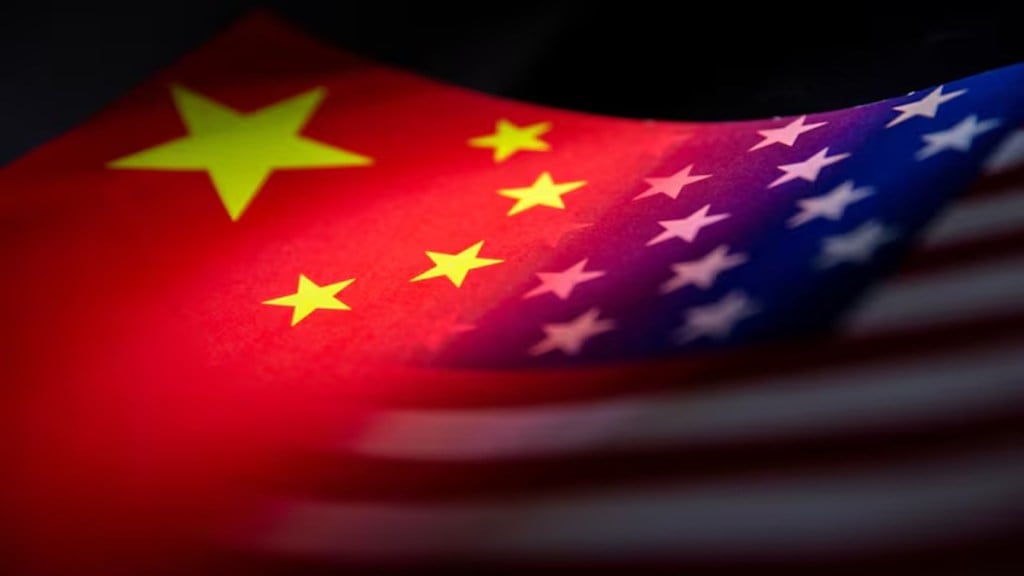In an interconnected global economy, disruptions in one corner have effects across continents, and China’s recent export restrictions on rare earth elements (REE) are a stark reminder of this reality. Announced as a countermeasure to US tariffs, these restrictions target seven critical REEs and magnets, halting shipments worldwide due to a delayed licensing system. It threatens the global supply chain, which has become intricately linked in contemporary times, hurting not just the US but every nation reliant on these materials for technology, automotive, and defence industries. The global supply chain’s fragility was exposed in 2022 when Russia’s attack on Ukraine disrupted neon and palladium supplies, crippling semiconductor production and delaying everything from cars to smartphones.
Now, China’s decision to choke REE exports, which it dominates (60% of mining, 90% of processing), threatens a similar cascading effect, as they are the mainstay for magnets in electric vehicle (EV) motors, wind turbines, and smartphone components. The halt affects manufacturers in China, Vietnam, Japan, and beyond, as even Chinese factories face supply prioritisation for domestic firms. Vietnam, which is a growing hub for Apple’s AirPods, has no REE processing capacity, leaving its factories stranded. This interconnected disruption highlights how no nation is immune when a supply chain falters.
The US, importing $170 million in REEs annually, which is 0.03% of its $557 billion trade with China, might seem minimally exposed. Yet, this figure does not paint the real scenario of the impact the move will have on US companies, which rely on China for 80% of REE imports and 90% of rare earth magnets. Firms like Tesla, Apple, and Lockheed Martin face immediate production risks. Tesla’s Shanghai and US factories depend on Chinese magnets for EV motors, and export curbs could delay output and raise costs, squeezing margins or hiking consumer prices. Apple’s iPhone production, across China and Vietnam, faces component shortages for speakers and displays, threatening global supply. Lockheed Martin, targeted on China’s export control list, risks delays in missile production, as heavy REEs are solely sourced from China. These disruptions amplify costs and delays, impacting global markets where US firms are key players.
While countries like Australia, Vietnam, and Brazil hold REE deposits, their processing facilities would take years to come up. The US’s only REE mine, MP Materials, produces light REEs and lacks heavy REE separation capacity, while Lynas USA’s facilities won’t scale until 2027 or later. Anyway, long-term prospects do not offer any remedy for the immediate pain. Stockpiles may last 60–90 days, but the short-term shortfall will spike prices and stall production. For consumers, this means pricier EVs and smartphones; for defence, it risks national security. The trade war, with US tariffs provoking China’s retaliation, has turned a manageable dependency into a crisis, with every nation caught in the crossfire. China’s licensing system, collecting end-user data, also strengthens its geopolitical leverage, potentially targeting US firms’ supply chains. As the world grapples with this shock, the lesson is clear: interconnected supply chains demand cooperation, not escalation. No doubt, the US and its allies need to accelerate REE diversification, but immediate relief requires de-escalating trade tensions. Otherwise, the global economy faces another painful disruption, proving that in a connected world, no one wins when supply chains break. There are lessons for India as well as the government has far too long relied on the public sector to source and manage the supply of rare earths .

